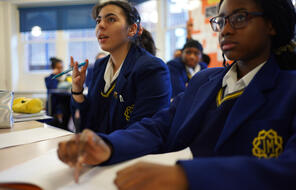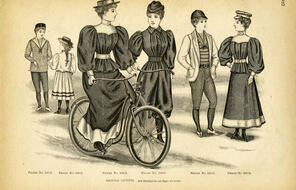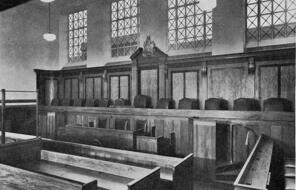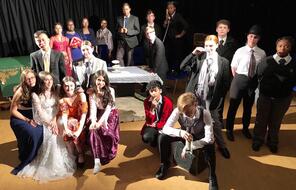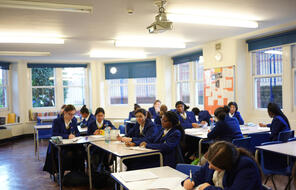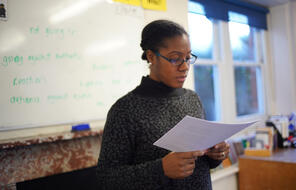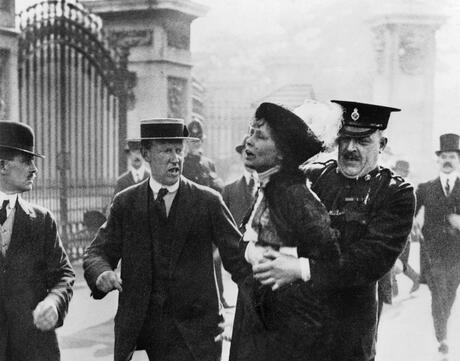
The Treatment of Edwardian Women
Overview
About this Lesson
In the previous lesson, students began to explore the context in which the play was written and set, learning about key historical events in the first half of the twentieth century and about Priestley himself. They looked at how his life experiences came to impact his values and actions, and were encouraged to reflect on seminal moments in their lives, and to start to consider the links between where we come from, our identity and what we value.
In this lesson, students will further develop their understanding of the society in which the play was set, focusing specifically on gender. Students will work in groups using the Jigsaw teaching strategy to examine a range of resources, notably the suffragette Emmeline Pankhurt’s ‘Freedom or Death’ speech, which will give them a clearer idea of how women were treated and expected to behave in Edwardian society. Such knowledge is vital if they are to fully understand the gender and power dynamics of the play. It will also enable them to draw links between the past and present, thinking about how perceptions of gender impact people’s present-day experiences.
Students will then have the opportunity to engage creatively and independently with a contextual source of their choice for homework. Creative engagement can not only help students better understand another individual’s perspective, it can also give them the opportunity to make links between their own identities and the social structures in which they exist.
Preparing to Teach
A Note to Teachers
Before teaching this lesson, please review the following information to help guide your preparation process.
Lesson Plans
Activities
Homework Suggestion
Materials and Downloads
Quick Downloads
Download the Files
Get Files Via Google
The Treatment of Edwardian Women
Priestley's World and the World of the Play
Entering the World of the Play
Unlimited Access to Learning. More Added Every Month.
Facing History & Ourselves is designed for educators who want to help students explore identity, think critically, grow emotionally, act ethically, and participate in civic life. It’s hard work, so we’ve developed some go-to professional learning opportunities to help you along the way.
Exploring ELA Text Selection with Julia Torres
On-Demand

Working for Justice, Equity and Civic Agency in Our Schools: A Conversation with Clint Smith
On-Demand

Centering Student Voices to Build Community and Agency
On-Demand




